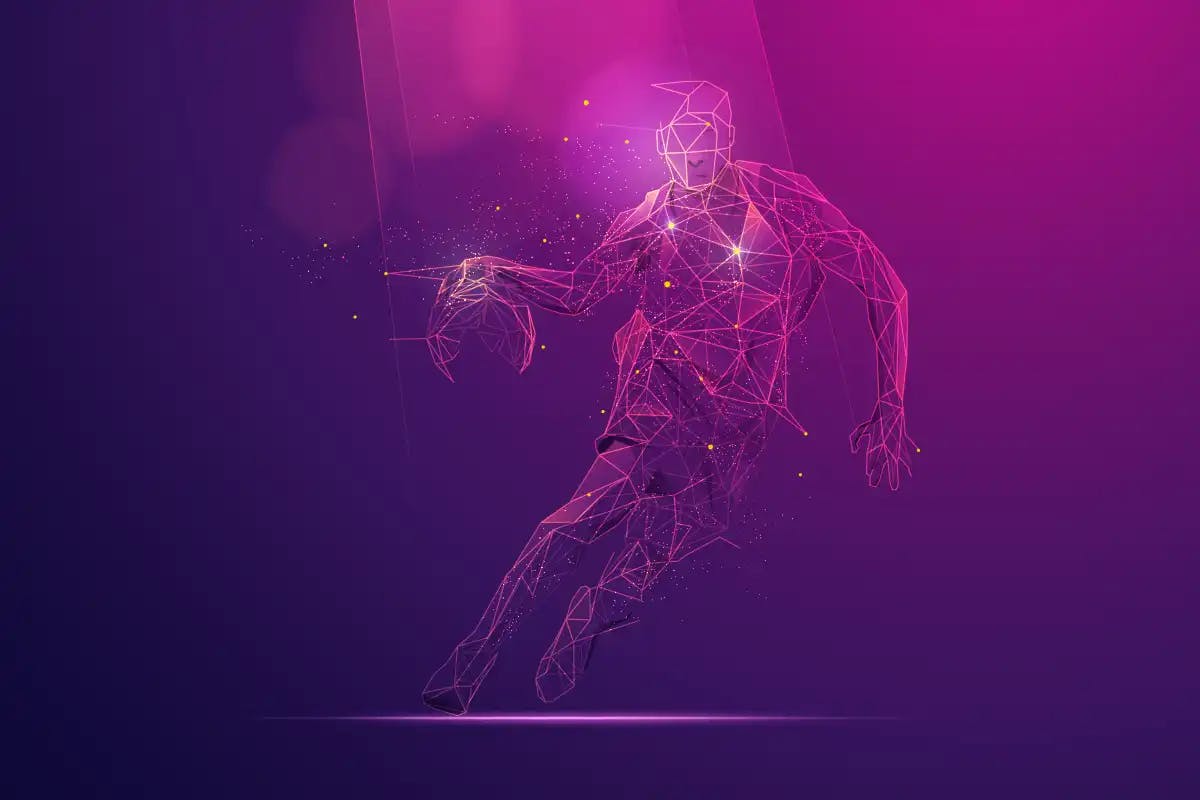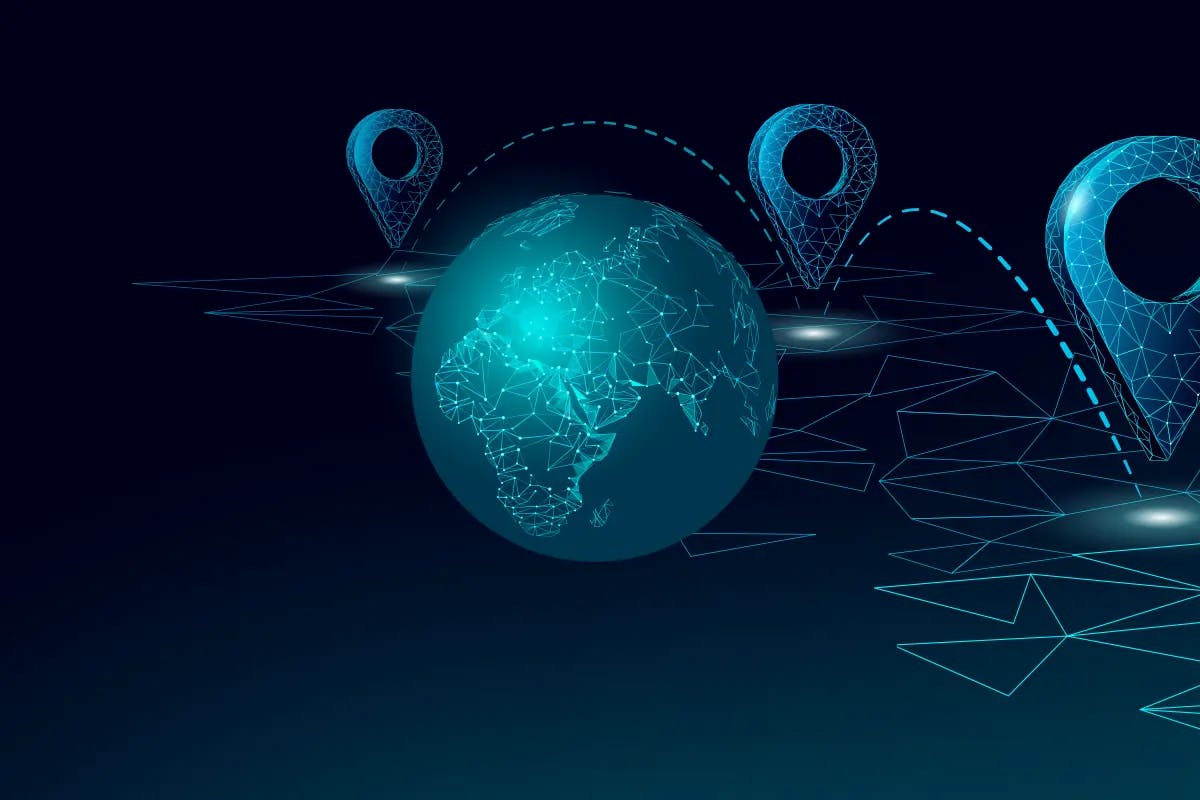
,
Geographic rectification, the process of aligning and registering images with geographic coordinates, is crucial in remote sensing and geospatial analysis. Traditional methods of geographic rectification rely on manually identifying corresponding points in multiple images, which can be time-consuming and prone to errors.
However, with the advent of computer vision techniques such as Scale-Invariant Feature Transform (SIFT) and Speeded Up Robust Feature (SURF), identifying corresponding points in multiple images has become significantly faster and more accurate. Moreover, with the help of artificial intelligence (AI), the entire process of geographic rectification can be automated to a large extent.
This blog will explore the SIFT and SURF techniques for accelerating geographic rectification and examine how AI can further enhance this critical process’s speed, efficiency, and accuracy.
Importance of Accurate Geographic Rectification
Accurate geographic rectification is crucial for a variety of remote sensing applications. Here are some reasons why
- Accurate mapping
Geographic rectification allows for accurate mapping of features on the earth’s surface. Without it, maps produced from remote sensing data may be distorted or contain errors, leading to incorrect or incomplete analysis and decision-making. - Change Detection
Geographic rectification is essential for comparing different images of the same area over time, critical for monitoring changes in land use, land cover, and other environmental factors. Accurate rectification ensures that changes are correctly identified and analyzed. - Disaster Response
In emergencies, accurate mapping of affected areas is essential for effective disaster response. Geographic rectification allows for the creation of up-to-date maps that can be used for search and rescue, damage assessment, and planning relief efforts. - Navigation
Accurate geographic rectification is also important for navigation and transportation. It allows for the creation of accurate digital maps and navigation systems to help drivers, pilots, and others find their way.
What is Scale-Invariant Feature Transform (SIFT)?
The Scale-Invariant Feature Transform (SIFT) is a computer vision algorithm for feature detection and image matching. SIFT works by identifying key points in an image, such as corners or edges, and then creating descriptors for those points based on the scale and orientation of the image. These descriptors are then used to match features between different images.
How Scale-Invariant Feature Transform (SIFT) Works?
- Scale-Space Extrema Detection
SIFT starts by creating a series of images with different scales, known as the scale-space. The scale-space is created by applying Gaussian filters of increasing standard deviation to the original image. The result is a series of blurred images with different levels of detail. SIFT then identifies local maxima and minima in the scale-space to find key points. The key points are chosen based on their contrast, which means they have a high difference in intensity compared to their neighboring pixels. - Key Point Localization
Once key points are identified, SIFT applies a series of filters to remove unstable and low-contrast key points. This step helps to ensure that the key points are robust and reliable for further processing. - Orientation Assignment
SIFT assigns an orientation to each key point based on the local image gradient. The gradient is calculated for a circular region around the key point, and the dominant orientation is chosen as the key point’s orientation. This step makes the descriptor invariant to image rotation. - Descriptor Creation
SIFT creates a descriptor for each key point based on the intensity and gradient information in a local region around the key point. The descriptor is a vector representing the keypoint’s appearance and invariance to scale, rotation, and illumination changes.
Benefits of Using Scale-Invariant Feature Transform (SIFT)
There are several benefits to using the Scale-Invariant Feature Transform (SIFT) algorithm in computer vision and image processing applications.
- Scale-Invariance
SIFT is invariant to scale changes in an image, which means it can detect and describe features at different scales. This makes SIFT suitable for object recognition, image retrieval, and other applications where images may be captured at different distances or scales. - Rotation-Invariance
SIFT is also invariant to image rotation, which means it can detect and describe features at different orientations. This makes SIFT suitable for panoramic image stitching and 3D reconstruction applications. - Robustness to Noise and Illumination Changes
SIFT is robust to noise and illumination changes, which means it can detect and describe features even in low-quality or poorly-lit images. - High Accuracy
SIFT produces highly accurate feature descriptions that can be used for matching and recognition tasks. The descriptors are also very discriminative, meaning they can distinguish between objects or scenes. - Widely used: SIFT is a well-established algorithm with a large user community and many resources for implementation and optimization.
What is a Speeded Up Robust Feature (SURF)?
Speeded Up Robust Feature (SURF) is a computer vision algorithm for feature detection and image matching. SURF works by identifying key points in an image and creating descriptors for those points based on the intensity and gradient information in a local region around the key point. These descriptors can be used to match features between different images.
How Speeded Up Robust Feature (SURF) Works?
- Scale-space extrema detection
SURF creates a scale-space pyramid using the Laplacian of Gaussian (LoG) method, similar to SIFT. However, SURF uses a box filter instead of a Gaussian filter, which makes it faster and more efficient. - Key Point Detection
SURF detects key points using the determinant of the Hessian matrix, which is calculated using the box filters. The determinant of the Hessian matrix is used to identify regions of the image with high curvature, likely to be corners or edges. - Orientation Assignment
SURF assigns an orientation to each key point based on the local image gradient, similar to SIFT. - Descriptor Creation
SURF creates a descriptor for each key point based on the intensity and gradient information in a local region around the key point. The descriptor is a vector representing the key point’s appearance and invariant to scale and rotation.
The resulting descriptors can match features between different images, even if the images have different scales, rotations, or lighting conditions.
Compared to SIFT, SURF has several advantages, such as speed and efficiency. SURF is faster than SIFT because it uses box filters instead of Gaussian filters, reducing computational complexity. SURF is also more robust to noise and changes in illumination.
Overall, SURF is a powerful and efficient algorithm widely used in many applications, such as object recognition, image retrieval, and robot navigation.
Using AI to Accelerate Geographic Rectification
AI can be used to speed up geographic rectification by automating the process of identifying corresponding points in multiple images. With AI, computer algorithms can be trained to automatically identify corresponding points in the images, significantly reducing the time and effort required for geographic rectification.
Here are some benefits of using AI for geographic rectification
- Speed and Efficiency
AI algorithms can analyze large datasets quickly and accurately, making geographic rectification faster and more efficient. - Consistency
AI algorithms can provide consistent results across multiple images, eliminating human errors and reducing variability in the output. - Accuracy
AI algorithms can identify corresponding points with sub-pixel accuracy, improving geographic rectification accuracy. - Scalability
AI algorithms can be easily scaled up or down depending on the size and complexity of the dataset.
Examples of AI-Accelerated Geographic Rectification
- Google Earth Engine
Google Earth Engine uses AI algorithms to process and analyze satellite imagery worldwide. The platform provides tools for geographic rectification, image classification, and change detection, all powered by AI algorithms. - ArcGIS Pro
ArcGIS Pro is a geographic information system that provides spatial analysis and mapping tools. The platform includes AI algorithms for image analysis and processing, including geographic rectification and change detection. - Pix4D
Pix4D is a software platform for drone mapping and photogrammetry. The platform uses AI algorithms to process and analyze drone imagery, including geographic rectification, image stitching, and 3D modeling.
Overall, AI has the potential to revolutionize geographic rectification by providing faster, more accurate, and more consistent results. As AI algorithms continue to improve, we can expect to see more applications of AI in geospatial analysis and remote sensing.
Conclusion
In summary, SIFT and SURF are computer vision techniques used for feature detection and matching in images. These techniques can be used for geographic rectification, which is the process of aligning and registering images with geographic coordinates. AI can be used to speed up this process by automating the identification of corresponding points in multiple images, improving the speed, efficiency, and accuracy of the geographic rectification process.
When using SIFT and SURF techniques, it is important to consider the scale, rotation, and lighting conditions of the images being processed. Additionally, it is essential to have a good understanding of the algorithm’s parameters and to adjust them carefully for optimal results.
When using AI for geographic rectification, it is important to ensure that the AI algorithms are properly trained and tested to avoid errors and biases. It is also important to have a thorough understanding of the data being used and to carefully consider the output of the AI algorithms to ensure that they produce accurate results.
Codiste Artifical Intelligence Development Services can assist with developing and implementing geographic rectification solutions using SIFT, SURF, and AI techniques. Their expertise in computer vision, machine learning, and geospatial analysis can help organizations improve their geographic rectification processes’ speed, efficiency, and accuracy.
Want to unlock the full potential of AI in geospatial data analysis? Contact us to discover how our AI-powered geo solution helps you gain actionable insights from geospatial data, automate workflows, and make data-driven decisions.



Top 6 Sports Use Cases of Generative AI in 2025
Know more
5 Key Use Cases of MCP in Fintech: Payments, Lending, KYC & More
Know more
